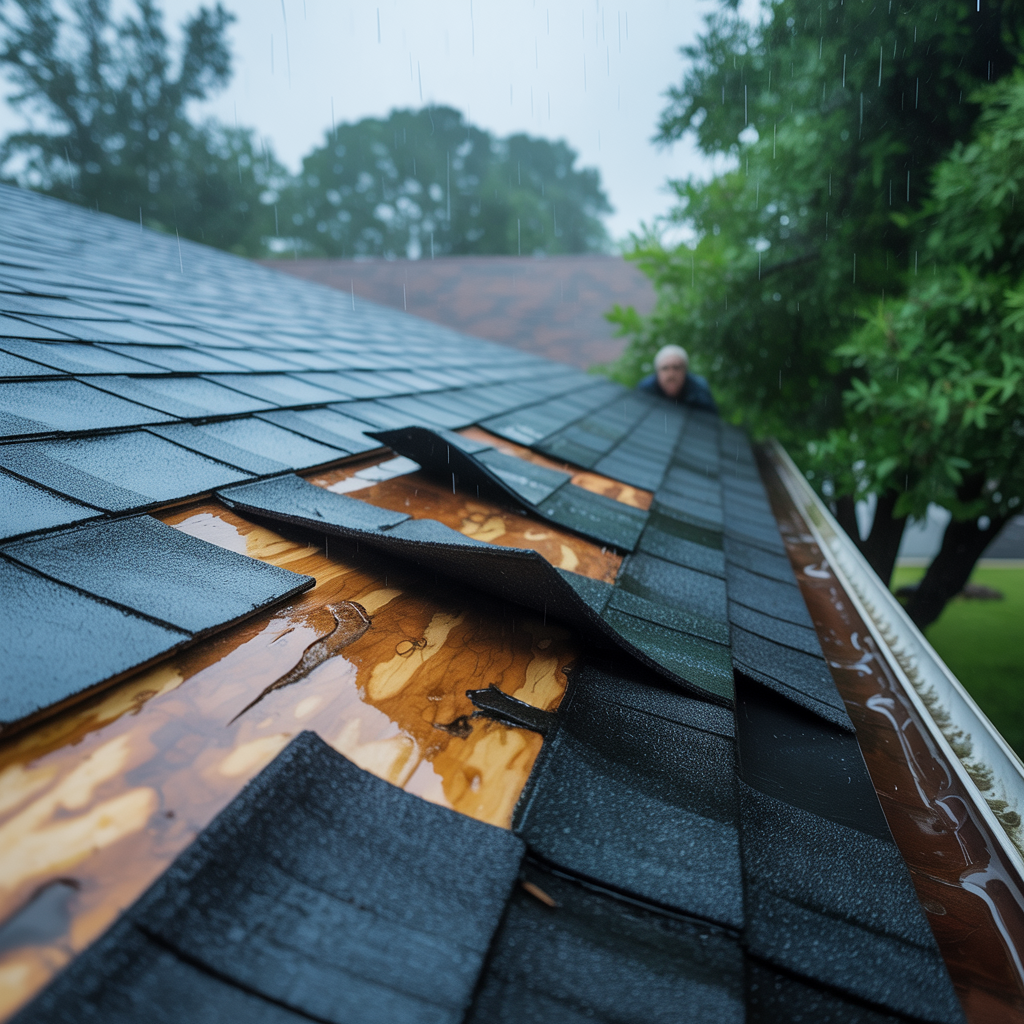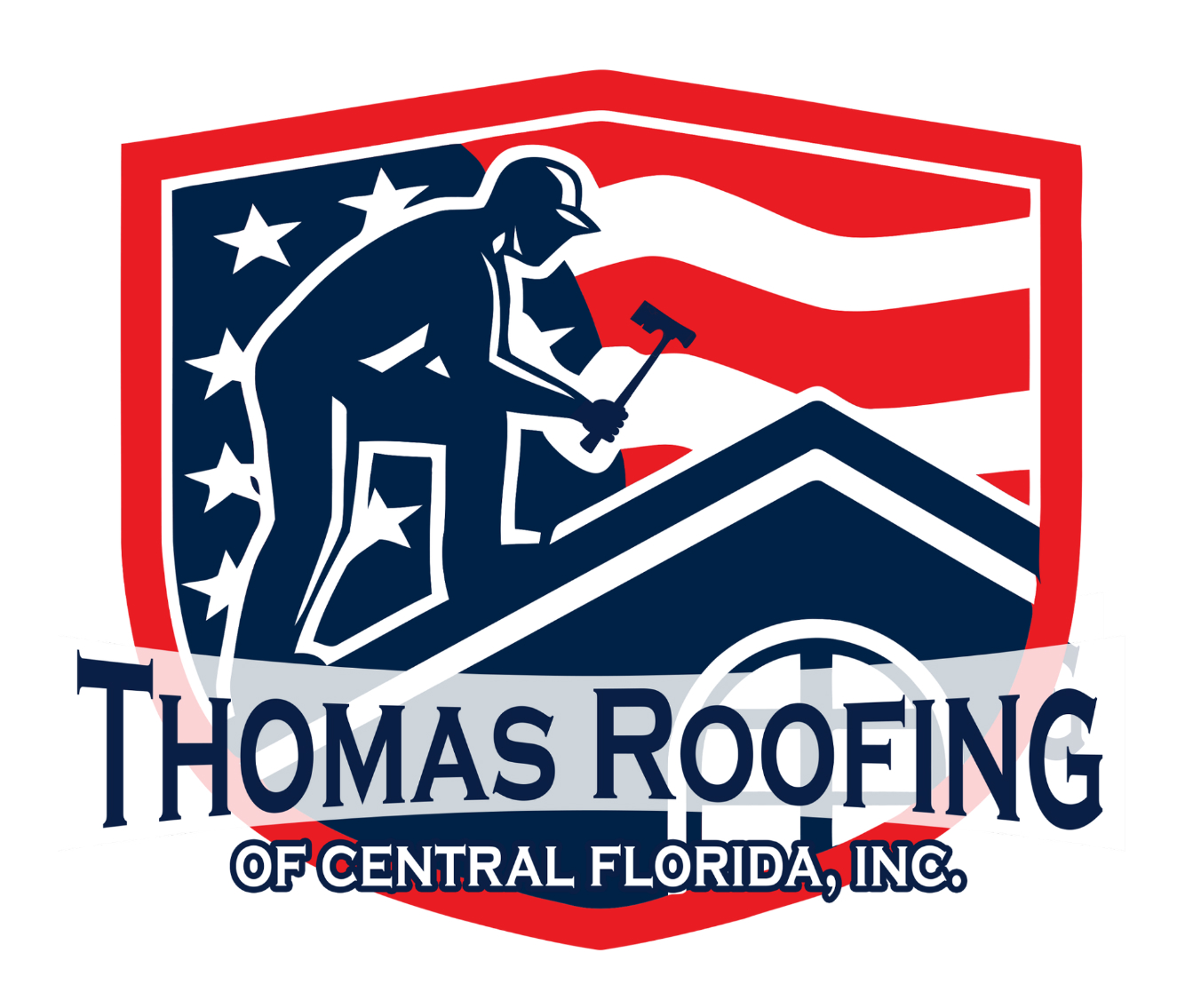How to Handle Roof Damage After a Storm: Step-by-Step Guide
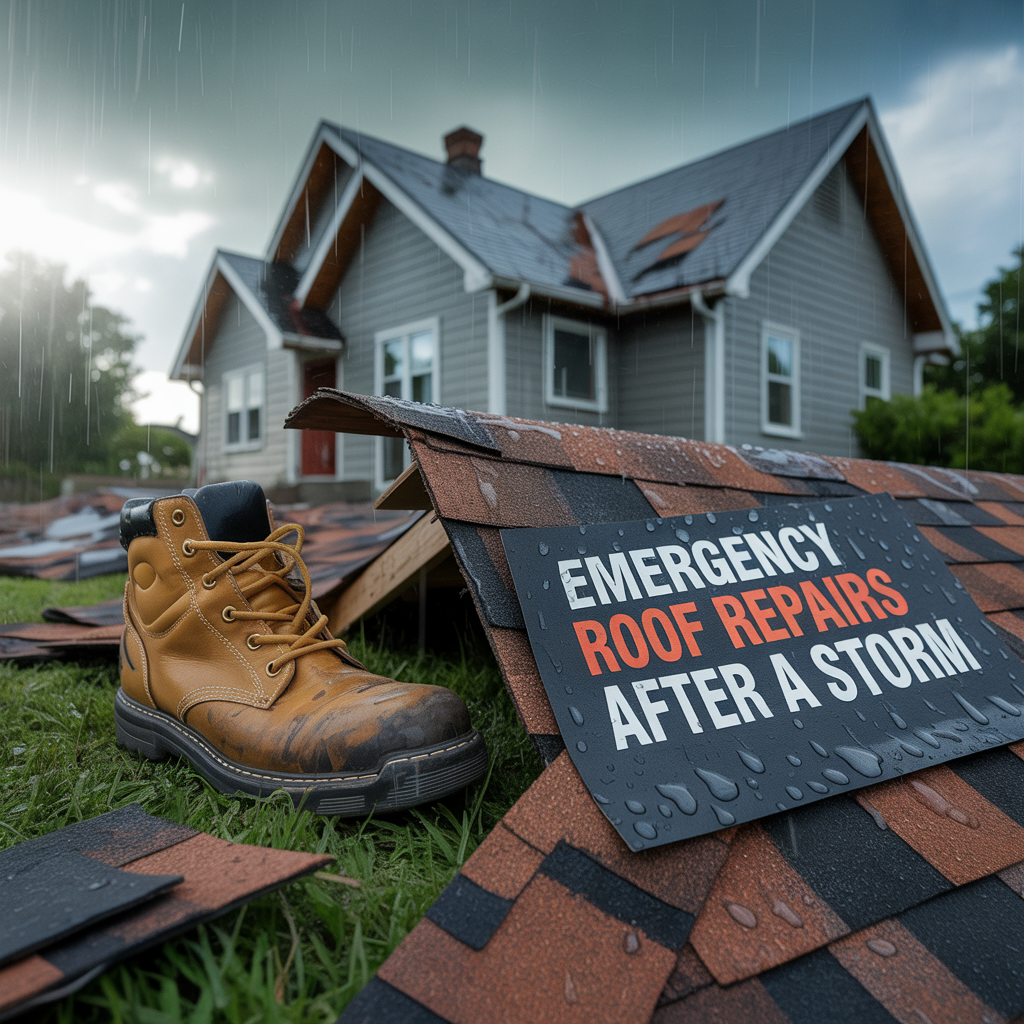
How to Handle Roof Damage After a Storm: Step-by-Step Guide
It’s the moment every Central Florida homeowner dreads: the bad storm has passed, but your yard looks like a debris battlefield.
And then it gets worse.You look up and spot missing shingles, broken flashing, or maybe even a leak dripping on your hardwood floors.
Well, don’t panic, but also, don’t wait. Roof damage after a storm needs immediate attention to prevent water damage, mold, and expensive repairs.
In this guide, we’ll show you exactly what steps to take, how to protect your home and belongings, and when to call a professional for emergency roof repair in Ocala and surrounding areas.
First Steps to Take Immediately After the Storm
When the skies clear, your first instinct will probably be to grab a ladder and get busy. But hold on a second; your safety comes first.
Safety Precautions Before Inspecting Your Roof
- Wait for the storm to fully pass. (no-brainer)
- Watch for downed power lines or unstable debris.
- Avoid climbing onto the roof until a professional checks for structural safety.
Remember: If it looks sketchy from the ground, it probably is!
How to Assess Roof Damage from the Ground
Luckily, you can learn a lot about your roof’s condition without risking life and limb.
Signs Of Storm Damage You Can Spot From The Ground. 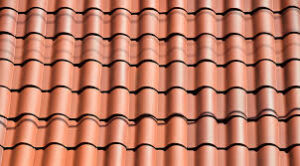
Look carefully for:
- Missing or curled shingles
- Loose or dangling flashing around chimneys/vents
- Tree limbs or debris sitting on the roof
- Damaged gutters or disconnected downspouts
- Water stains on ceilings or walls inside your dwelling
Expert Tip: Take photos from different angles to document any damage. This will help your insurance claim and your roofer assess repairs.
According to the Insurance Information Institute, wind and hail account for more than 45% of homeowner insurance claims nationwide—so documenting is crucial.
When to Call for Emergency Roof Repair
Not every roof issue is an emergency, but some are. In those cases, quick action can prevent a small problem from turning into a full-blown (and potentially very expensive) crisis.
Examples of Urgent Roof Damage
Call a professional roofer immediately if you notice:
- Large holes or visible openings exposing the attic
- Significant leaks dripping indoors
- Sections of missing shingles exposing underlayment
- Partial roof collapse or major sagging
- Debris penetration (like a tree limb through the roof—yikes!).
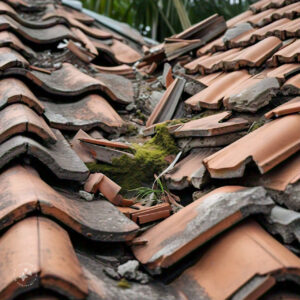
👉 Contact Tom the Roofer now for emergency roof repair in Ocala if you notice any of the above problems.
Temporary Solutions While Waiting for a Roofer
Sometimes you can’t get immediate professional help (especially after a big storm when roofers are swamped). In these cases, temporary solutions can help minimize damage.
Quick Fix Options (Remember To Use Caution)
- Tarping exposed areas: If safe, cover damaged spots with a waterproof tarp and secure with wood strips.
- Buckets under leaks: Catch dripping water indoors to prevent floor or wall damage.
- Move all valuables out of affected areas.
- Shut off power in rooms where water is entering light fixtures or outlets.
Important: Never walk on a wet or damaged roof. A fall will cost much more than the repair.
How Insurance Works for Storm Damage
If the roof damage was storm-related, your homeowner’s insurance policy may cover repairs. But you’ll need to act fast to get approval.
Document Everything for Your Claim
- Take photos before cleaning anything up.
- Save receipts for temporary fixes (like tarps or cleanup).
- Don’t discard damaged materials unless your insurance adjuster sees them.
Snap plenty of photos before you start cleaning up—proof is everything for your claim.”
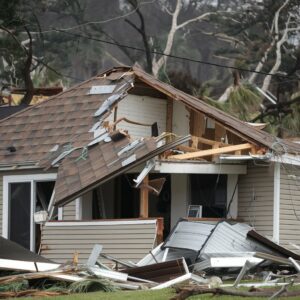
Choosing the Right Emergency Roof Repair Contractor
After a bad storm, unlicensed contractors (aka “storm chasers”) may knock on your door offering quick fixes. Be very careful here.
What to Look for in a Roofing Contractor
- Florida state license verification (check on Florida DBPR)
- Proof of insurance
- Written estimates
- References and online reviews
- Warranty on repairs
Hiring local professional roofers means they’re familiar with Central Florida codes and weather. Not to mention, they’re much more likely to stand behind their work than a fly-by-night contractor.
Preventing Future Storm Roof Damage
While you can’t control the weather (think.. chemtrails), you can reduce future roof damage risks.
Smart prevention steps:
- Schedule annual roof inspections
- Trim overhanging tree branches
- Upgrade to wind-resistant shingles.
- Keep gutters and downspouts clear
- Install hurricane straps or fasteners
According to the National Roofing Contractors Association, proactive maintenance can extend roof lifespan by up to 25%.
Conclusion: Don’t Wait For It To Get Worse, Act Now!
Your roof is your home’s first defense. After a storm, delaying repairs could lead to mold, structural damage, and higher costs.
Best advice? Don’t risk it. Call Tom the Roofer today for emergency roof repair in Ocala, The Villages, Leesburg, or the surrounding area.
Fsast roof repair can save you thousands later, and keep your living room from becoming that swimming pool you always wanted to build.
